The term “grail” comes from late Latin gradale or gratalis, which derives from the classical Latin crater, a dish. In the books of knights of the Middle Ages, one understands it to be a receptacle or cup in which Jesus consecrated his Blood at the Last Supper; it was then used by Joseph of Arimathea to collect the blood and the water which was spilt when washing the body of Jesus.
In mediaeval romance, the grail was said to have been brought to Glastonbury by Joseph of Arimathea and his followers. He formed a community of guardians of the relic, which was later associated with the Templars. It is likely that this legend was born in Wales, inspired by ancient Latin sources, such as the Acts of Pilate, an apocryphal work of the 5th Century. In the time of Arthur, the quest for the Grail was the highest spiritual pursuit.
For Chrétien, author of Perceval, Perceval is the knight who must achieve the quest for the Grail. For other French authors, as for Malory, Galahad is the chief Grail knight, though others (Perceval and Bors in the Morte d’Arthur) do achieve the quest. The Grail becomes a precious stone, guarded for some time by the angels. It was then entrusted to the custody of the Knights of the Order of the Holy Grail and its head, the king of Grail.
Every year, on Good Friday, a dove descends from Heaven and, after placing a host on the stone, it renews its strength and its mysterious force, which communicates perpetual youth and can satisfy any desire for food and drink. Every now and again, some inscription on the stone reveals who have been called to eternal bliss in the castle of the Grail in Munsalvaesche (mons salvationis).
This legend is linked to the chalice which Jesus used at the Last Supper and there are several ancient traditions, about it – basically three.
The oldest is from the 7th Century, which holds that an Anglosaxon pilgrim states that, when he was in the Church of the Holy Sepulchre in Jerusalem, he had seen and touched the chalice which Jesus used. It was made of tin, and had two handles.
A second tradition holds that this chalice – the sacro catino – is now in the cathedral of St Lorenzo in Genoa. It is greenish glass, looks like a dish, and would have been taken to Genoa by the crusaders in the 12th Century.
According to a third tradition, the chalice of the Last Supper is the one which is in Spain, in Valencia Cathedral, and is venerated as the Holy Chalice. It is a cup of agate, dark in colour, which would have been taken by St Peter to Rome, and used by his successors there until the 3rd Century. During the persecutions it was given to the safe custody of St Lorenzo who took it to Huesca (in northern Spain). After being placed at various sites in the province of Aragon, it was taken to Valencia in the 15th Century.
Juan Chapa


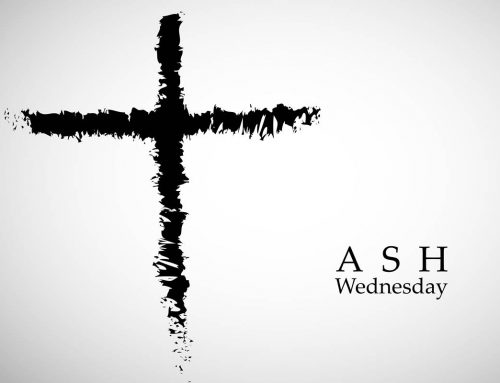
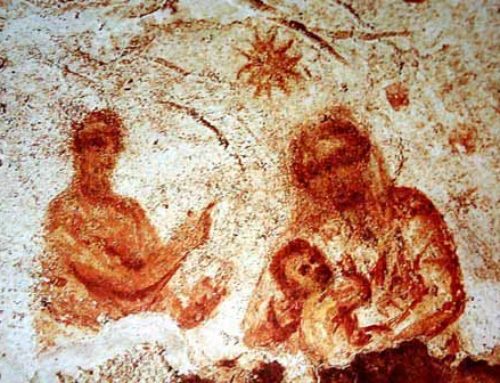
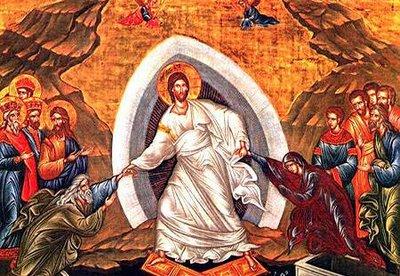
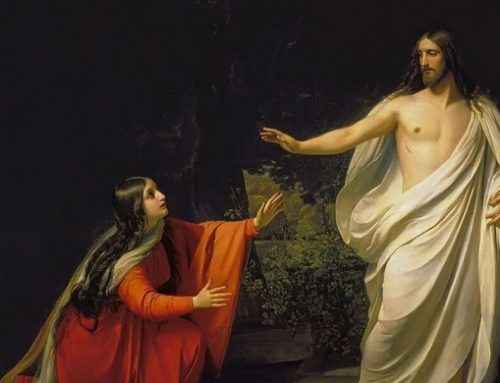
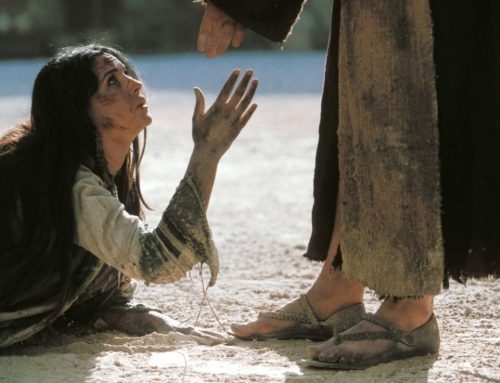
Leave A Comment
You must be logged in to post a comment.